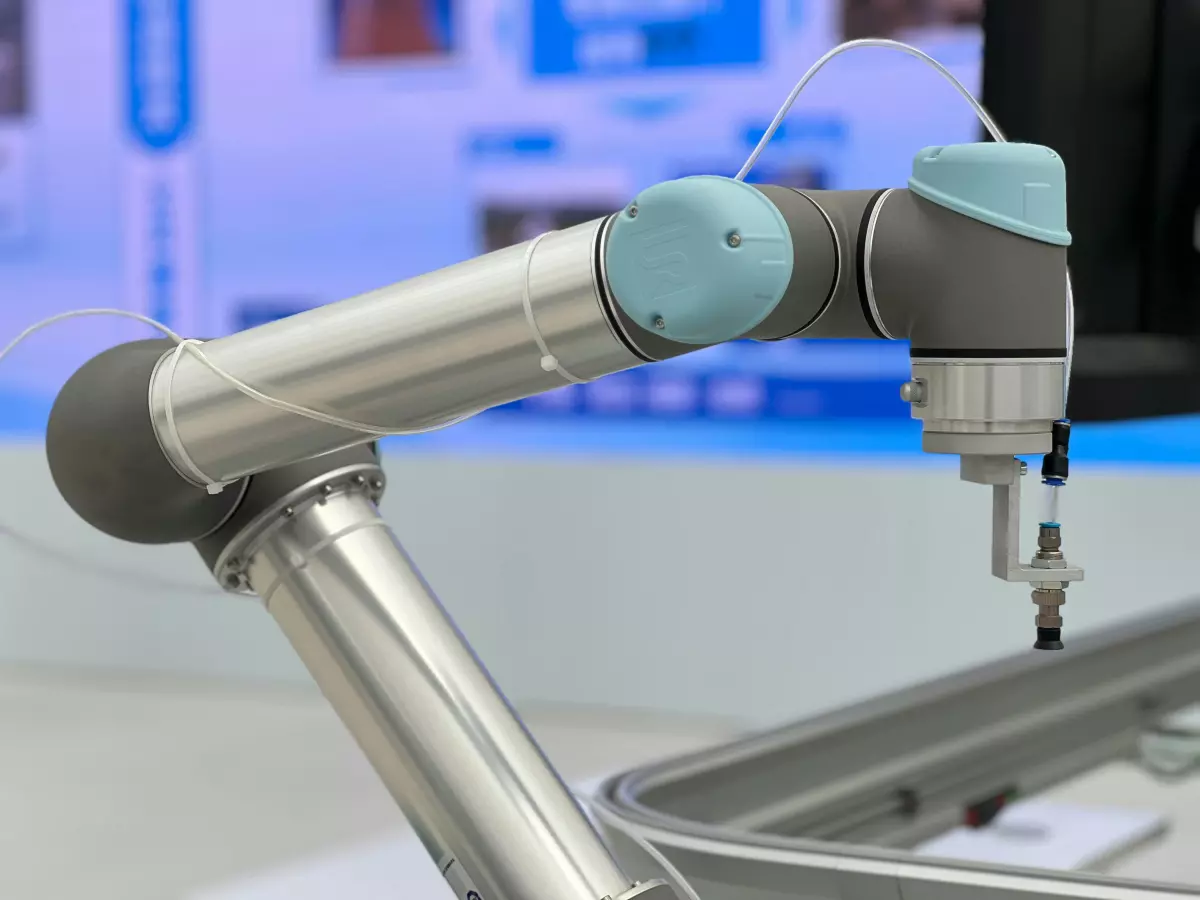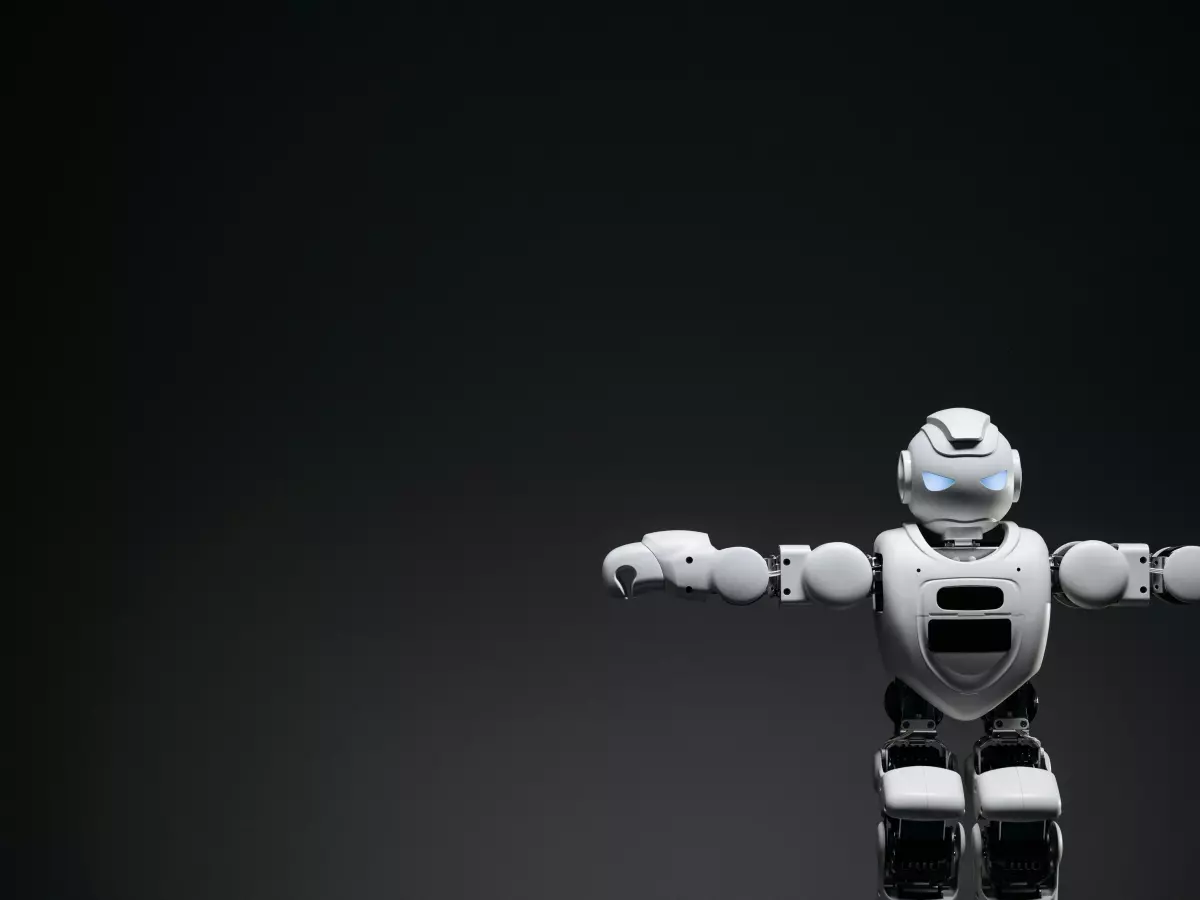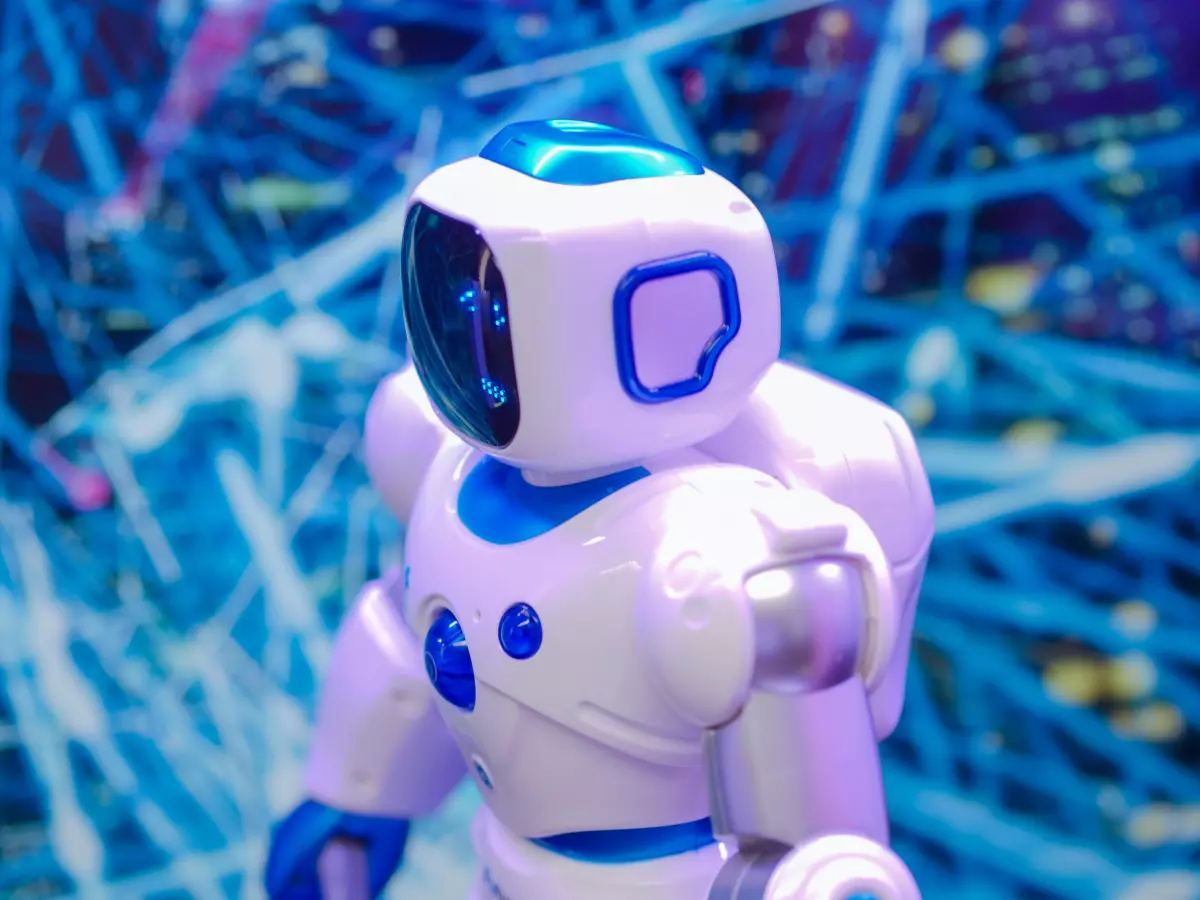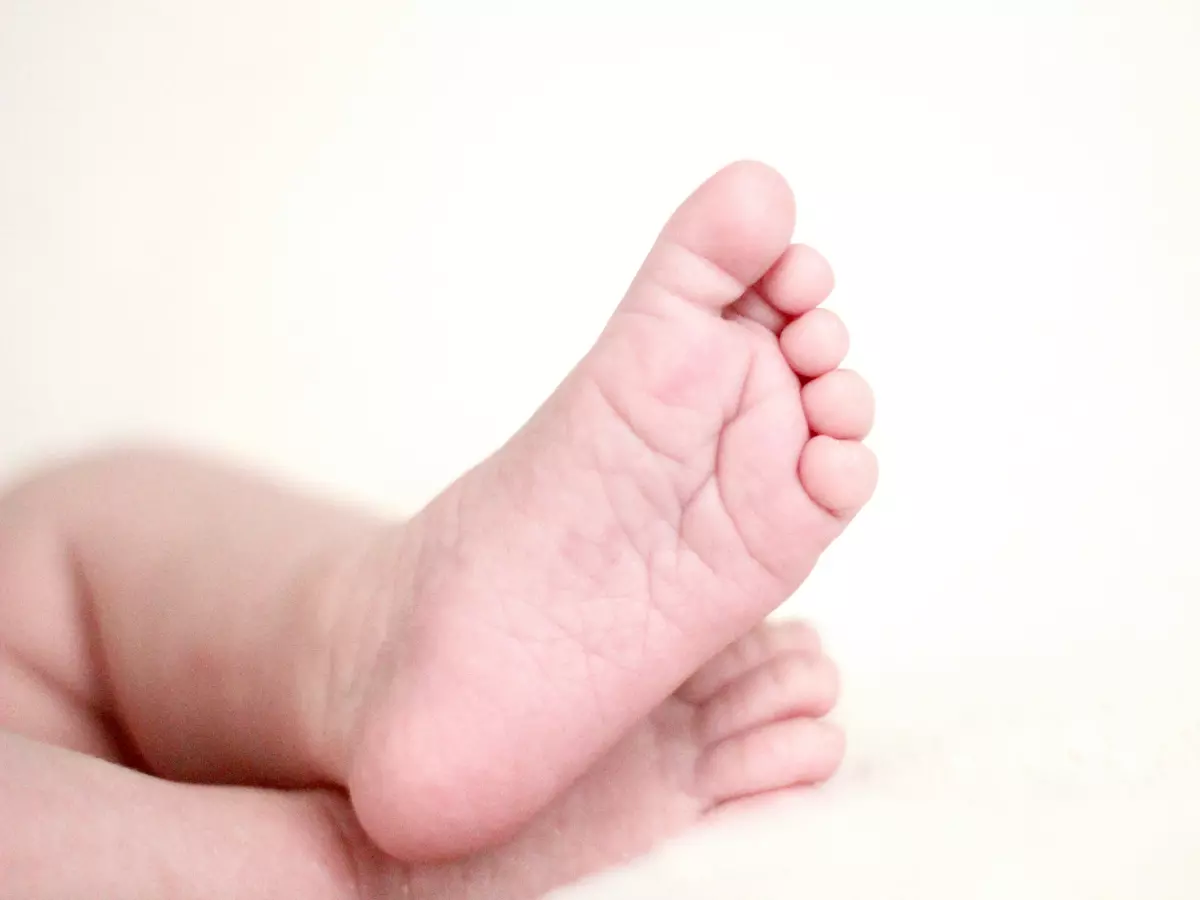Mastering Hand Dexterity
If you think humanoid robots are just about walking and talking, think again. Their hands are where the real magic happens, and it’s time we dive into how they achieve such impressive dexterity.
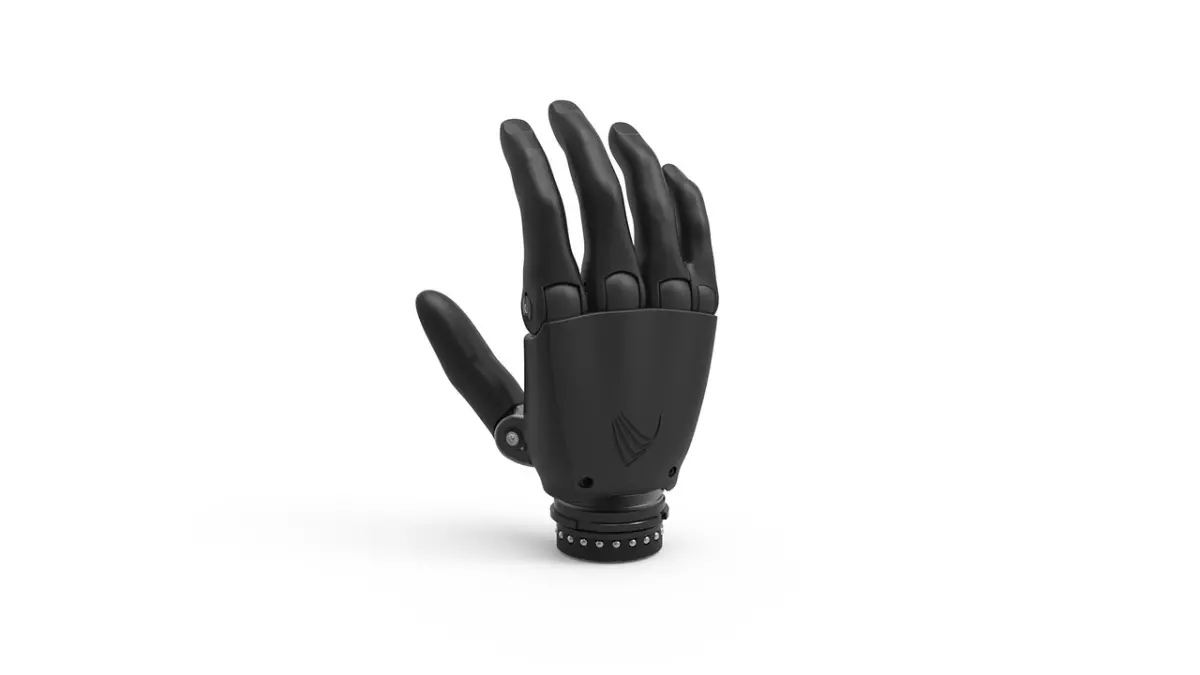
By Tomás Oliveira
Humanoid robots have come a long way in mimicking human movement, but let’s be real—walking is just the tip of the iceberg. The real challenge? Getting those robotic hands to move with the same finesse and precision as ours. Think about it: our hands are capable of performing tasks as delicate as threading a needle or as forceful as opening a jar. Achieving that level of dexterity in robots is no small feat. But how do they do it?
It all boils down to a combination of sensor integration and motion control algorithms. These two elements work together to give humanoid robots the ability to manipulate objects with surprising accuracy and fluidity. Let’s break it down.
Sensors: The Eyes and Ears of Robot Hands
First off, humanoid robots rely on a variety of sensors to gather information about their environment and the objects they interact with. These sensors are often embedded in the robot’s hands and fingers, allowing them to detect pressure, texture, and even temperature. Pressure sensors are especially critical, as they help the robot determine how much force to apply when gripping an object. Too much pressure, and you’ve got a crushed soda can. Too little, and that can slips right out of its grasp.
Then there’s the role of tactile sensors. These sensors mimic the sense of touch, enabling the robot to feel the texture of an object. This is crucial for tasks like picking up fragile items or manipulating objects with irregular shapes. Without tactile feedback, a robot’s hand would be like a pair of tongs—functional but not exactly delicate.
But wait, there’s more! Proximity sensors help the robot’s hands avoid collisions by detecting nearby objects before making contact. This is especially useful in crowded environments or when the robot is working alongside humans. After all, no one wants to get accidentally smacked by a robot hand, right?
Motion Control Algorithms: The Brain Behind the Hands
While sensors provide the data, it’s the motion control algorithms that make sense of it all. These algorithms process the sensory input and translate it into specific movements. Think of them as the brain behind the hands, deciding how to move each finger, how much force to apply, and how to adjust the grip in real-time.
One of the most fascinating aspects of these algorithms is their ability to adapt. Just like how you might adjust your grip when holding a slippery object, humanoid robots can modify their movements based on the feedback they receive from their sensors. This adaptability is what makes their hand movements appear so lifelike.
For example, if a robot is tasked with picking up a glass of water, its motion control algorithm will calculate the optimal grip strength based on the weight and texture of the glass. If the glass starts to slip, the algorithm will instantly adjust the grip to prevent it from falling. It’s like having a built-in reflex system.
The Challenge of Fine Motor Skills
Now, here’s where things get tricky. While humanoid robots have made significant strides in hand dexterity, they still struggle with tasks that require fine motor skills. Sure, they can grip a hammer or a coffee cup, but ask them to tie a shoelace or button a shirt, and you’ll see the limitations.
This is because fine motor skills involve incredibly precise movements that require a high level of coordination between sensors and motion control algorithms. In humans, these skills are developed over years of practice and involve complex neural pathways. For robots, replicating this level of precision is still a work in progress.
However, researchers are making headway by incorporating machine learning into the mix. By training robots to learn from their mistakes and improve their hand movements over time, we’re getting closer to a future where robots can handle even the most delicate tasks with ease.
What’s Next for Humanoid Hands?
So, what does the future hold for humanoid robot hand dexterity? Well, one area of focus is improving grip versatility. Right now, most humanoid robots are designed to perform a specific set of tasks, which limits their ability to adapt to new challenges. The goal is to create robots with hands that can handle a wide range of objects and tasks, from cooking dinner to assembling electronics.
Another exciting development is the integration of soft robotics into humanoid hands. By using flexible materials that mimic the elasticity of human skin and muscles, researchers hope to create robots with hands that are not only strong but also gentle. Imagine a robot that can both lift heavy boxes and delicately fold laundry—now that’s a game-changer.
In the end, the quest for realistic hand dexterity in humanoid robots is far from over. But with advancements in sensor technology, motion control algorithms, and machine learning, we’re inching closer to a future where robots can use their hands with the same skill and finesse as humans. And who knows? Maybe one day, they’ll even be able to tie their own shoes.

